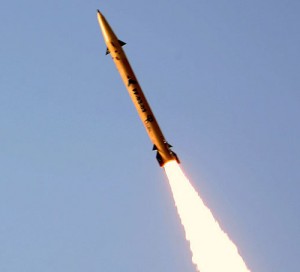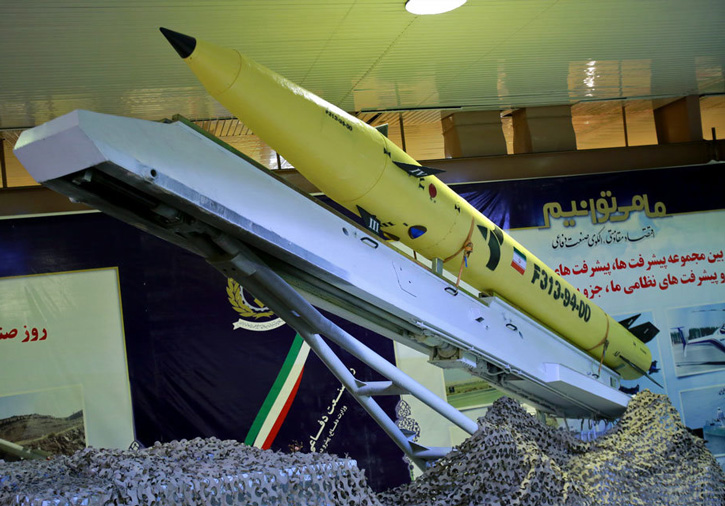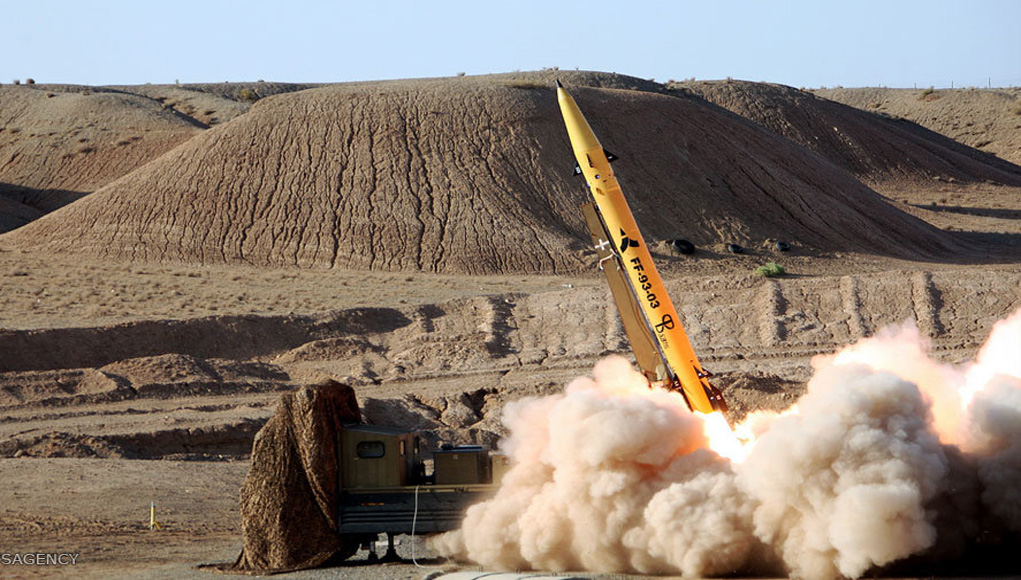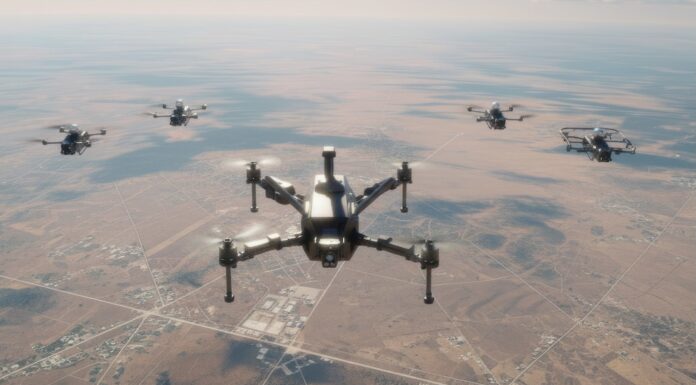
However, from the inspection of the images released by the Iranians it seems the missile’s envelope remains intact, hinting of the use of improved propellant, which also increases the speed of the missile, requiring heavier thermal protection, as indicated by the ablative surface around the nose.
Iran is planning a major modernization of its missile force, replacing Fateh 110 and Qiam ballistic missiles and Qadr air-launched precision guided missiles with new generations. Fateh 313 seems to be the successor for the 110.
The liquid-propelled Qadr F is being replaced with two-stage solid-rocket propelled Sejjil that has a range of 2,000 km, which entered production in 2013.
As for the air-launched missiles, Iran is developing air-launched cruise missiles with a strike range of 700 km. Iran also developed a different, surface-launched cruise missile – the Soumar – has the potential to attack targets at ranges beyond 2,000 km.




















